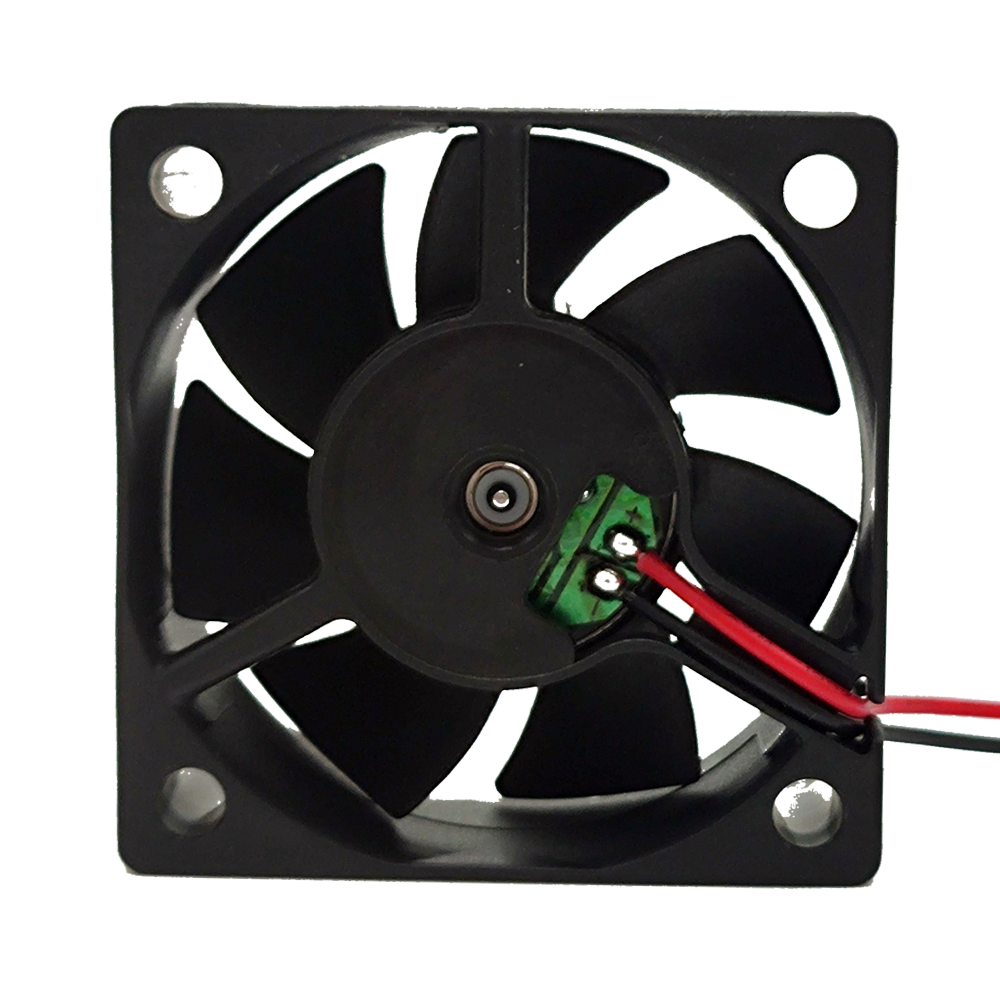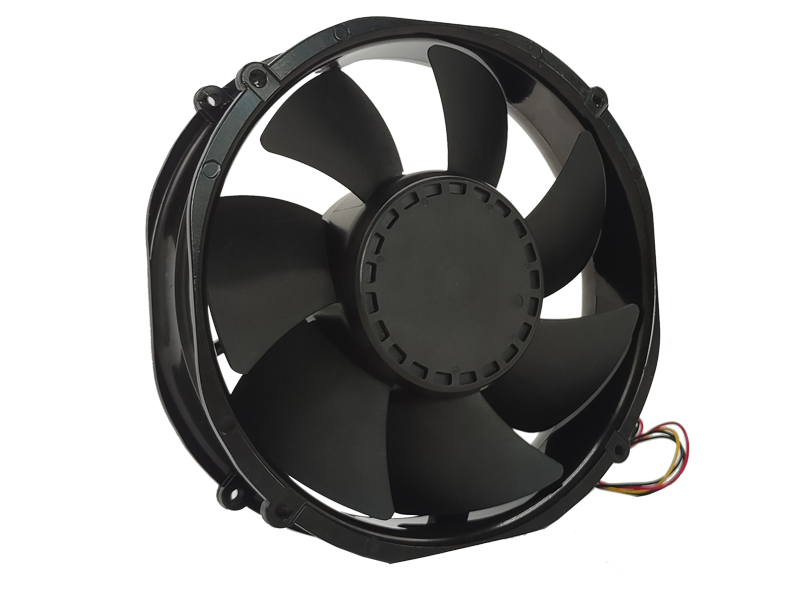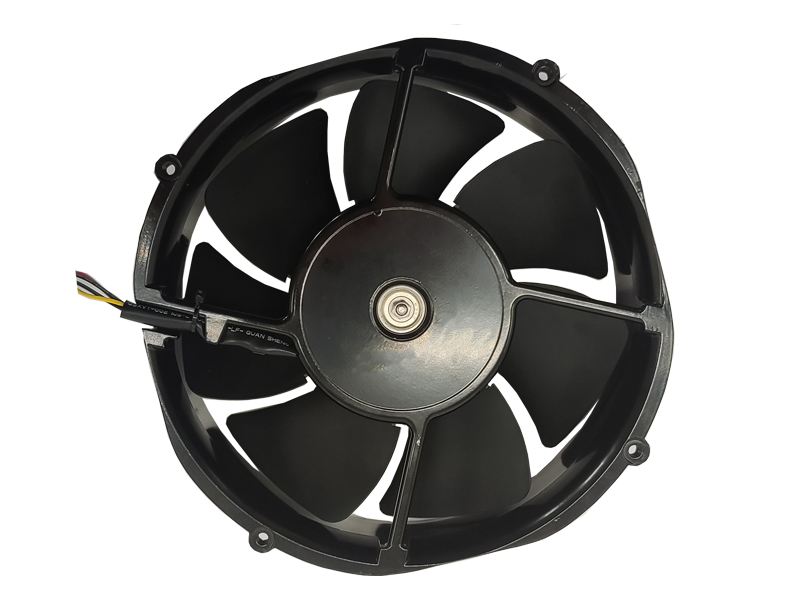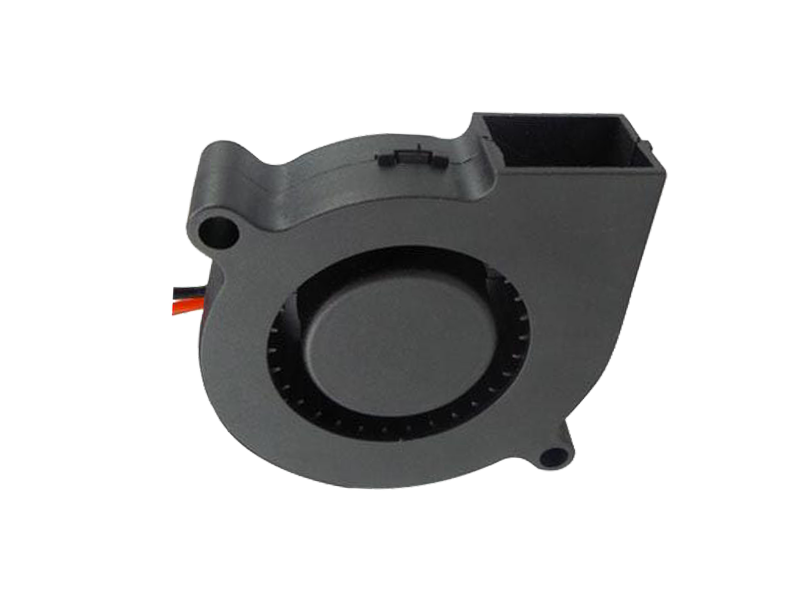Industrial fans are essential to many operations, providing the airflow needed to keep machines running smoothly, maintain air quality, and protect the health and safety of workers. However, managing the performance and lifecycle of these fans is critical to maximizing their efficiency and lifespan. In this article, we will explore how performance management, maintenance, and lifecycle management affect the overall effectiveness of industrial fans, providing insights into best practices for manufacturers and facility operators.
1. Performance Management: Maximizing Fan Efficiency
The performance of an industrial fan is measured by its ability to move air, handle pressure, and maintain optimal airflow while minimizing energy consumption. Several factors influence the performance of an industrial fan:
Airflow Requirements: Understanding the required airflow is crucial in selecting the appropriate fan type and size. Fans should be chosen based on the cubic feet per minute (CFM) or cubic meters per second (CMS) that the system needs.
Pressure and Resistance: Fans need to overcome resistance within the system, such as ductwork, filters, and grilles. Higher resistance requires fans to work harder, potentially reducing efficiency. Therefore, designing systems with minimal resistance is key to maximizing fan performance.
Fan Efficiency Curves: Manufacturers use efficiency curves to define how a fan performs at different operating points. This helps engineers select the optimal fan size and configuration based on the required airflow and pressure.
2. Maintenance: Ensuring Longevity and Reliability
Effective maintenance is essential to keep industrial fans operating at peak performance. Regular inspections, cleaning, and lubrication help prevent premature failure and costly downtime.
Routine Inspections: Periodic checks of the fan motor, blades, and housing ensure that any wear and tear is addressed early on. Inspecting for imbalances, corrosion, or dirt buildup can prevent unexpected malfunctions.
Lubrication: Proper lubrication of moving parts, such as bearings, is crucial to prevent friction and heat buildup, which can lead to fan failure.
Cleaning: Dust and debris can accumulate on fan blades and housings, reducing efficiency. Regular cleaning helps to maintain airflow and avoid excessive wear on components.
Vibration Monitoring: Excessive vibrations can indicate underlying issues such as misalignment or imbalance. Monitoring vibration levels helps identify problems before they cause significant damage.
3. Lifecycle Management: Optimizing Fan Lifespan

The lifecycle of an industrial fan is directly tied to its design, usage, and maintenance. Lifecycle management focuses on maximizing the operational lifespan of the fan, ensuring it provides reliable performance throughout its use.
Material Durability: Choosing high-quality, durable materials during the design phase can significantly extend the lifespan of a fan. Fans exposed to harsh environments, such as high temperatures or corrosive substances, require materials like stainless steel or coated metals for better resilience.
Predictive Maintenance: By utilizing sensors and IoT-enabled systems, predictive maintenance can be implemented to identify when a fan is likely to fail or need servicing. By addressing issues before they result in fan failure, businesses can extend the overall lifespan of their equipment.
Upgrades and Retrofits: As fan technology evolves, retrofitting older systems with more efficient components or adding new capabilities like variable speed drives can enhance fan performance and extend its useful life.
Conclusion
Industrial fans play a crucial role in maintaining optimal working conditions and efficient processes across various industries. By effectively managing performance, maintenance, and lifecycle, businesses can ensure that their fans deliver consistent and reliable service. Whether through regular inspections, predictive maintenance, or leveraging the latest technology, managing industrial fans effectively can significantly reduce costs and downtime while improving overall efficiency.
Recommended Products

The main purpose:Car charging station

The main purpose:Car charging station

The main purpose:Electronic refrigerators, water dispensers, direct drinking machines, inverter power supplies
Address:No. 4137, Longgang Avenue (Henggang Section), Henggang Community, Henggang Street, Longgang District, Shenzhen
hotline:13530005572(Chen)15112579390(Li)


Welcome all friends to come for consultation and negotiation.
Copyright 2024 @ Shenzhen Youneng Xinyuan Electronics Co., Ltd.,(industrial fans,industrial blowers,axial fans,cooling fans manufacturer,centrifugal fans,ac cooling fans,dc cooling fans)